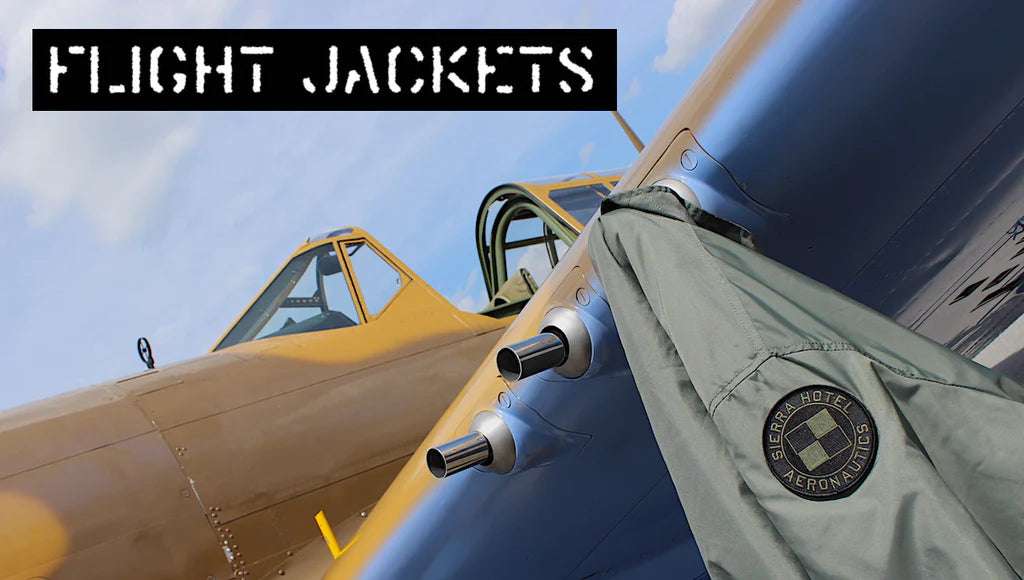The Ditching of Pan Am Flight 6

On October 16, 1956, Pan Am Flight 6, (a Boeing 377 Stratocruiser long-range airliner developed from the C-97 Stratofreighter military transport) departed on a around-the-world commercial passenger flight (N90943) from Honolulu, Territory of Hawaii, at 8:26pm HST on the concluding leg to San Francisco. After passing the point of no return, the number one engine entered an overspeeding regime. The First Officer, who was flying the plane, immediately slowed the aircraft by further reducing power and extending the flaps, then an attempt was made to feather the number one propeller.

The propeller would not feather and the engine continued to turn at excessive RPM. The captain decided to cut off the oil supply to the engine. Eventually, the RPM declined and the engine seized. The propeller continued to windmill in the air stream causing excessive parasitic drag which significantly increased the fuel consumption. Climb power was then applied to the remaining three engines in an attempt to slow the rate of descent. The number four engine then began to fail and soon was able to produce only partial power at full throttle. At 0245 the number four engine began to backfire, forcing the crew to shut it down and feather the propeller.

The captain decided to wait for daylight since it was important to keep the wings level with the ocean swells at the initial ditching impact. As fuel was burned off while the plane circled the Coast Guard cutter, they managed to climb from 2,000 feet to 5,000 feet. At that altitude, several practice approaches were made to ensure that the aircraft would be controllable at low aircraft speeds.
Aware of the Pan Am Flight 845/26 accident the year before, in which a Boeing 377's tail section had broken off during a water landing, the captain instructed the flight's purser to clear passengers from the rear of the aircraft.



The crew, Captain Richard N. Ogg, First Officer George L. Haaker, Navigator Richard L. Brown and Flight Engineer Frank Garcia Jr. received awards for their actions on that day, having prevented any fatalities. Captain Richard Ogg was the first recipient of the Civilian Airmanship Awards presented by the Order of Daedalians.
The passengers were housed in the Coast Guard Cutter's officers' quarters and returned to San Francisco several days later. Amazingly, there were only a few minor injuries among the passengers of Pan American Flight 6.
An investigation report concluded: "An initial mechanical failure which precluded feathering the No. 1 propeller and a subsequent mechanical failure which resulted in a complete loss of power from the no. 4 engine, the effects of which necessitated a ditching."















Great coordination between the air crew and the Coast Guard, saved the lives of the entire aircraft crew and passengers.
Open Ended Ending. What was the cause of the engine malfunction? Or, perhaps the cause remains unknown.
Your article just suddenly ended. More info. Why did the engines stop? We’re there injuries?
Leave a comment